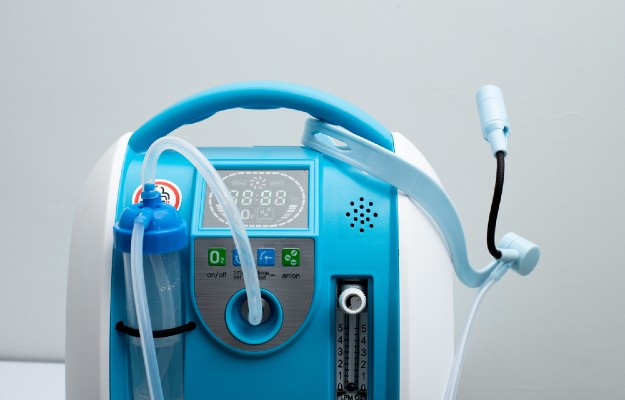With the COVID-19 infection spread across 178 countries all over the world as of March 2020, healthcare professionals, epidemiologists and most governments are working constantly to contain the spread of this highly-contagious viral infection. As yet, there is no cure or vaccine against COVID-19 and this makes treating the disease even more difficult.
However, not all nations are at the same level of contagion, which is the reason why the methods used to trace, isolate and treat COVID-19 patients varies from region to region. India is currently in the second stage of disease transmission, known as local transmission. This means that all the current patients of COVID-19 are either those who have a travel history of visiting places with high contagion levels, or are people who have come in contact with those with a travel history.
In such a type of transmission, contact tracing is the most effective type of epidemiological investigation to figure out how a disease progresses and how it passes from one person to another. Every time a new disease springs up, contact tracing is one of the primary means of investigation used by epidemiologists. Figuring out these details then plays a huge role in the creation of cures and vaccines - which are the greatest needs of this hour.
Contact tracing is effectively and stringently being used in India currently to limit the spread of COVID-19. Here is everything you need to know about contact tracing.































